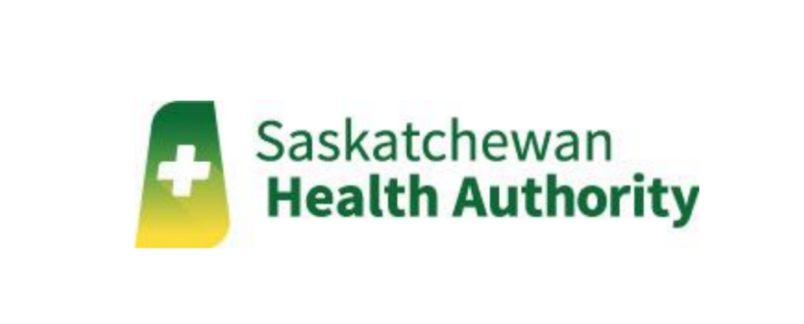The SHA has posted a status update on the first phase of the COVID-19 surge activation announced December 3, 2020. The status update highlights that the key challenge facing the SHA is the high volume of outbreaks threatening continuity of care for patients and care home residents in need.
“Our teams have responded extremely well to a very difficult situation,” said Scott Livingstone, CEO. “But sustained high caseloads and high numbers of outbreaks are straining staff capacity and requiring us to mobilize and redeploy high numbers of staff quickly, severely testing our ability to keep up with this virus.”
While ICU admissions and hospitalizations have remained below the forecasted surges, this is at least partially because of the SHA’s emphasis on providing care in place in these homes, wherever possible. This results in diversion of patients from hospital but requires more staff supports than are typically available in care home settings, necessitating redeployment of staff.
Escalating efforts to respond to outbreaks
A key strategy for the SHA to assist with outbreaks in hospitals and care home settings is to establish a pool of skilled resources to be available as outbreaks occur and large numbers of staff are required to isolate. This has been a bigger draw on SHA resources than anticipated in surge plans, particularly given the needs to support third party providers.
To date, the SHA has approximately 117 staff identified for redeployment for this purpose. This is in addition to many staff that have already been redeployed to outbreak settings (e.g. 70 plus staff to date redeployed to Extendicare Parkside in Regina). Given the high volume requirements for response to these situations, the SHA is aiming to continually identify more staff appropriate for this purpose until the risks these situations present show signs of deescalating. It should be noted that staff identified for redeployment continue to work, it simply means that processes are in place for rapid reassignment when an appropriate placement is ready.
In addition, the SHA is undertaking a number of measures to proactively identify gaps and strengthen its ability to respond, including:
-
Continuing to identify sites of high risk and perform Infection Prevention and Control (IPAC) and safety inspections;
-
Providing more IPAC and safety resources where there are outbreaks;
-
Continuing to review and identify facilities that may have poor ventilation and mitigate risks;
-
Identifying resource needs and redeployments required to support vaccine rollout to key sites with vulnerable residents/patients; and,
-
Expanding point of care testing to facilitate early detection and rapid response to outbreak situations.
Update on Service Slow Downs
Facilitating significant surges to fight COVID-19 requires redeployment through service slow down.
Of the more than 900 services the SHA is tracking to identify the necessary resources to respond to the pressures of the pandemic, the SHA has approved slow downs for approximately 200 services, however, many of these services continue as normal until appropriate opportunities are identified for redeployment to pandemic response.
Other significant updates from service slow down include a reduction in surgical volumes in major centres, including:
-
Temporary, localized 35 percent reduction in surgical volumes in Saskatoon and Regina, except for third party surgical providers in these cities, who are not impacted.
-
Temporary, localized disruption to all elective surgeries in North Battleford.
-
Temporary, localized disruption to all elective surgeries in Prince Albert.
-
In all of these sites, urgent/emergent and cancer surgeries are prioritized and continue.
-
Outside of the locations noted above in the other sites across Saskatchewan where surgeries are performed, elective surgeries and endoscopy procedures are continuing at relatively normal volumes.
Services are also being impacted in all areas of the province by additional safety precautions around aerosol generating medical procedures. These procedures pose extra risk of transmission. As a result of case surges, the SHA has increased safety precautions where these procedures are required, indirectly resulting in delays from the extra time required between procedures for safety reasons.
Since the December 3, 2020, service slow down announcement, staff assigned to the labour pool has increased by 377, accounting for 64 percent of the target set for this work.
“The key now is not to let our foot off the gas,” said Livingstone. “People may be encouraged by the vaccine rollout, as they should be, but the reality is that fatalities and hospitalizations lag behind high case counts, meaning its critical we still prepare for the worst and hope for the best. We still need the public to help us protect those who are vulnerable and protect our health system from being overwhelmed.”
Health System Readiness Plan
The SHA has updated the Health System Readiness Plan first developed in spring 2020 outlining the offensive and defensive strategies being deployed by the SHA.
Protect our health system and keep your friends and family safe
With the recent surge in cases, the SHA is reminding the public that the primary factor in enabling the health system to meet the demand created by the COVID-19 virus is actions taken by Saskatchewan residents to stop the spread. Please help us by:
-
Physical distancing;
-
Washing your hands regularly;
-
Limiting your bubble as much as possible;
-
Abiding by all public health orders;
-
Wear a mask whenever you are in public indoor settings;
-
Stay home if you are feeling even the mildest symptoms as an increasing number of cases are residents going to work when sick; and
-
Download the Government of Canada COVID Alert App and use it to protect yourself and your loved ones.




